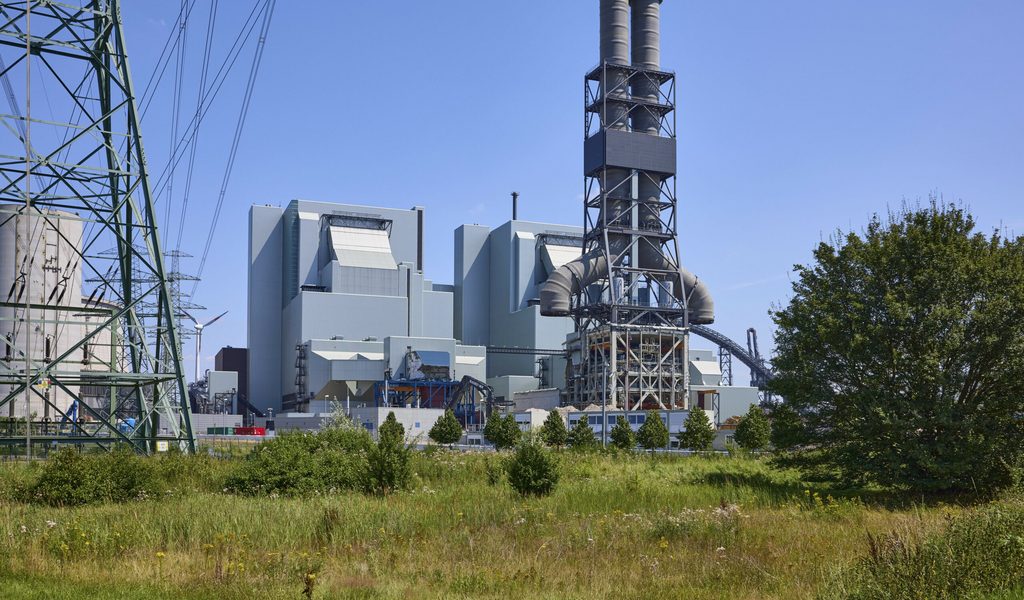Witness the Moorburg Plant Demolition: A New Chapter for Hamburg's Energy Landscape
The demolition of Hamburg's Moorburg coal-fired power plant marks a significant turning point in Germany's energy transition (Energiewende). This monumental undertaking isn't just about tearing down a structure; it symbolizes a shift away from fossil fuels towards a cleaner, more sustainable energy future. This article delves into the details of the demolition, its environmental impact, and the broader implications for Hamburg and Germany's energy landscape.
The Moorburg Plant: A Colossus Crumbles
The Moorburg power plant, once a behemoth of coal-fired energy generation, dominated the Hamburg skyline. Its demolition, a complex and meticulously planned operation, is a spectacle in itself, drawing crowds and media attention alike. The sheer scale of the project is impressive, requiring specialized equipment and expertise to safely dismantle the massive structures.
Key Aspects of the Demolition Process:
- Phased Approach: The demolition is taking place in phases, prioritizing safety and minimizing environmental disruption. This includes careful removal of hazardous materials like asbestos before the main structures are brought down.
- Controlled Explosions: While some parts are being deconstructed conventionally, controlled explosions are used strategically to bring down larger sections of the plant, creating a dramatic visual.
- Environmental Mitigation: Extensive measures are in place to mitigate environmental impact, including dust suppression and noise reduction strategies. Recycling and responsible waste disposal are crucial elements of the project.
- Safety Protocols: Stringent safety protocols are in place to protect workers, nearby residents, and the environment. Access to the demolition site is strictly controlled.
Environmental Implications and the Energiewende
The closure and demolition of the Moorburg plant are cornerstones of Germany's ambitious Energiewende. This policy aims to transition away from nuclear and fossil fuel energy sources towards renewable energy, primarily wind and solar power.
Benefits of the Transition:
- Reduced Carbon Emissions: The elimination of coal-fired power generation significantly reduces greenhouse gas emissions, contributing to Germany's climate goals and global efforts to combat climate change.
- Improved Air Quality: The decrease in air pollutants from coal combustion leads to improved air quality in Hamburg, benefiting public health.
- Increased Renewable Energy Capacity: The energy generated by the Moorburg plant is being replaced with renewable sources, enhancing Germany's energy independence and security.
What's Next for Hamburg's Energy Future?
The space formerly occupied by the Moorburg plant presents opportunities for redevelopment and further integration of renewable energies. Possible future uses include:
- Renewable Energy Infrastructure: The site could be repurposed to accommodate new renewable energy facilities, such as solar farms or wind turbines.
- Green Spaces and Recreation: Parts of the site might be transformed into green spaces, parks, or recreational areas for the community.
- Sustainable Development Projects: The area could become a hub for sustainable development projects, attracting businesses and investments committed to environmental responsibility.
Conclusion: A Symbol of Progress
The demolition of the Moorburg plant is more than just a demolition; it's a powerful symbol of Germany's commitment to a sustainable energy future. While the transition presents challenges, the benefits for the environment and public health are undeniable. The site's future redevelopment will further shape Hamburg's energy landscape and contribute to a greener tomorrow. For more information on Germany's Energiewende, visit the .
Keywords: Moorburg Plant, Demolition, Hamburg, Germany, Energiewende, Energy Transition, Coal Power Plant, Renewable Energy, Sustainable Energy, Environmental Impact, Climate Change, Green Energy, Sustainable Development.
